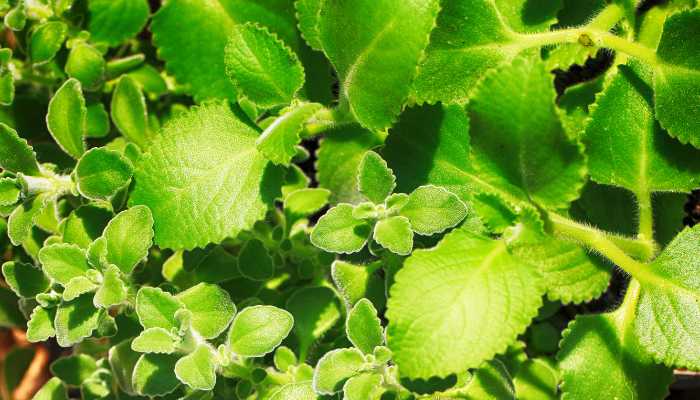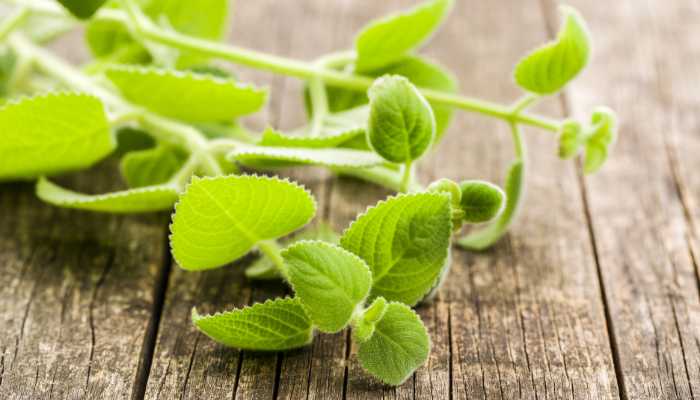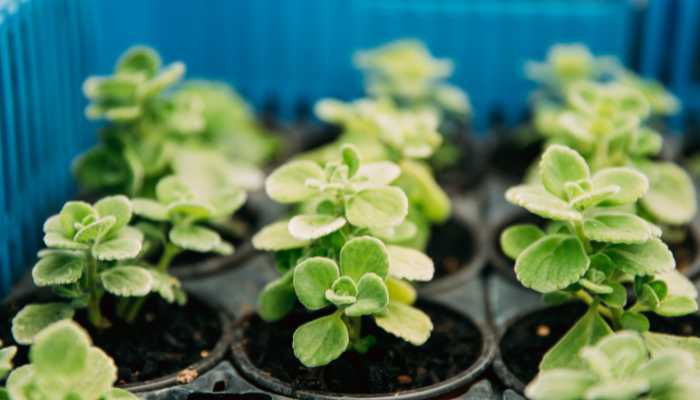If you want to plant a unique and beautiful plant in your indoor garden, the pillow plant can be an ideal choice. This attractive plant, known for its lush foliage and easy-care nature, is a favourite among plant enthusiasts.
In this guide, we’ll tell you everything you need to know about growing and caring for a pillow plant.
Whether you’re an experienced gardener or just starting, you’ll find valuable tips and tricks to keep your pillow plant thriving.
Pillow Plant Table of Contents
What is a Pillow Plant?
The Pillow Plant is an attractive, low-maintenance indoor Plant that gets its name from the soft, cushion-like appearance of its leaves. This plant is part of the Pilea genus, which includes several other popular houseplants. The Pillow Plant is particularly known for its compact size and decorative appeal, making it a great addition to any home.
Benefits of Having a Pillow Plant
Why should you consider adding a Pillow Plant to your collection? Here are a few compelling reasons:
- Aesthetic Appeal: With its lush, green leaves, the Pillow Plant adds a touch of nature and elegance to any space.
- Air Purification: Like many houseplants, the Pillow Plant helps to purify the air, making your home healthier.
- Low Maintenance: This plant is easy to care for, making it perfect for both novice and experienced gardeners.

Choosing the Right Location
Finding the perfect spot for your Pillow Plant is crucial for its growth and health. Here’s what you need to consider:
- Light: Pillow Plants thrive in bright, indirect light. Avoid placing them in direct sunlight, which can scorch their leaves.
- Temperature: These plants prefer temperatures between 60-75°F (15-24°C). Keep them away from drafts and sudden temperature changes.
Planting Your Pillow Plant
When it comes to planting your Pillow Plant, here are the steps you should follow:
- Choose a Pot: Select a pot with good drainage to prevent waterlogging.
- Use Quality Soil: Opt for a well-draining potting mix.
- Planting Depth: Plant your Pillow Plant at the same depth it was growing in its previous container.
Watering Needs
Watering is one of the most critical aspects of Pillow Plant care. Here’s how to do it right:
- Consistency is Key: Keep the soil consistently moist but not waterlogged. Water your plant when the top inch of soil feels dry to the touch.
- Avoid Overwatering: Too much water can lead to root rot. Ensure your pot has drainage holes to allow excess water to escape.
Light Requirements
Pillow Plants love light, but it’s important to provide the right kind:
- Bright, Indirect Light: Place your plant near a window where it can receive plenty of indirect sunlight.
- Artificial Light: If natural light is insufficient, you can use grow lights to supplement.

Soil and Fertilizer
The right soil and fertilizer will keep your Pillow Plant healthy and thriving:
- Soil: Use a well-draining potting mix. You can add perlite or sand to improve drainage.
- Fertilizer: Feed your plant with a balanced liquid fertilizer every 4-6 weeks during the growing season (spring and summer).
Pruning and Maintenance
Regular pruning and maintenance will ensure your Pillow Plant stays healthy and looks its best:
- Pruning: Trim any yellow or dead leaves to encourage new growth.
- Cleaning: Wipe the leaves with a damp cloth to remove dust and keep them looking vibrant.
Image | Product Name | Review | Price |
Common Pests and Problems
Even though Pillow Plants are relatively low-maintenance, they can still encounter some issues:
- Pests: Watch out for common pests like spider mites, aphids, and mealybugs. Use insecticidal soap to treat infestations.
- Diseases: Overwatering can lead to root rot. Ensure proper watering practices and good drainage.
Propagation Techniques
Propagating your Pillow Plant is a fun and rewarding way to grow your collection:
- Stem Cuttings: Take a healthy stem cutting and place it in water or soil until it develops roots.
- Division: You can also propagate by dividing the plant at the roots and planting the sections separately.
Read More
Seasonal Care Tips
Different seasons require slightly different care routines for your Pillow Plant:
- Spring and Summer: Increase watering and fertilizing as the plant grows more actively.
- Fall and Winter: Reduce watering and stop fertilizing as the plant’s growth slows down.
Frequently Asked Questions
How often should I water my Pillow Plant?
Water your Pillow Plant when the top inch of soil feels dry. This usually means watering once a week, but it can vary depending on the humidity and temperature in your home.
Can I grow Pillow Plant outdoors?
Pillow Plants are best suited for indoor growing. However, you can place them outdoors in a shaded area during the summer months.
Why are the leaves of my Pillow Plant turning yellow?
Yellow leaves can be a sign of overwatering, underwatering, or a nutrient deficiency. Check your watering routine and consider using a balanced fertilizer.
How can I propagate my Pillow Plant?
You can propagate your Pillow Plant through stem cuttings or division. Both methods are relatively simple and can be done at home.
Do Pillow Plants need a lot of sunlight?
Pillow Plants thrive in bright, indirect light. Too much direct sunlight can scorch their leaves, so it’s best to place them near a window with filtered light.
Conclusion
Caring for a pillow plant is a rewarding experience that brings a touch of nature to your home. With its low maintenance requirements and aesthetic appeal, this plant is a perfect fit for any indoor garden.
By following the tips and guidelines outlined in this article, you will be on your way to growing a healthy and beautiful pillow plant.




















